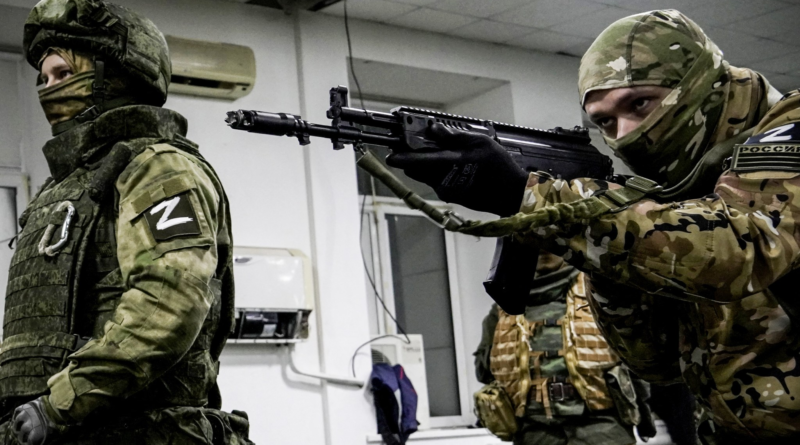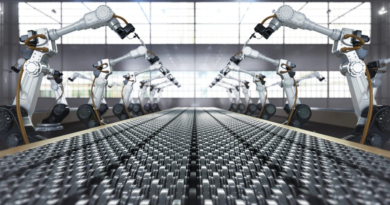In wartime Russia, some men may be worth more dead than alive, economist says
As Russia’s invasion of Ukraine heads toward its three-year anniversary, the military’s payments for those who die on the battlefield are presenting a grim calculus for families.
Russian economist Vladislav Inozemtsev has estimated that the family of a 35-year-old man who serves for a year and is killed in action would receive about 14.5 million rubles, or $150,000, in the form of salary and death compensation, according to the Wall Street Journal. That doesn’t include other bonuses and insurance payouts.
In some regions of Russia, that amount is more than he would have earned as a civilian if he worked until the age of 60.
“Going to the front and being killed a year later is economically more profitable than a man’s further life,” Inozemtsev told the Journal.
These “deathonomics” of wartime Russia, as he has dubbed them, have delivered a windfall in some communities. In fact, poverty rates have fallen to the lowest levels since Russia began gathering that data in 1995.
As of June, death payments totaled up to $30 billion over the past year, the Journal said. And in the Tuva and Buryatia regions, for example, bank deposits have soared 151% and 81%, respectively, since January 2022—the month before Vladimir Putin launched his full-scale invasion.
Such incentives are necessary to continue fueling his war machine as a general mobilization that involves conscription could prove politically unacceptable.
According to Western estimates, more than 600,000 Russia troops have been killed or wounded while fighting in Ukraine. And some economists think Moscow needs 30,000 new recruits each month to replace casualties. The need for more troops is so acute that Russia has even turned to North Korea to provide soldiers.
Meanwhile, the military is also competing for manpower with Russia’s private sector, which is offering hefty pay for workers to keep businesses running, including at factories that produce weapons for the war on Ukraine.
That has contributed to high inflation. Official statistics put it at nearly 10% in September, and the central bank has hiked its benchmark rate to 21%. Food prices are soaring, with potatoes up 73% since the start of the year.
While headline GDP growth appears to remain resilient for now, propped up by massive military spending, the underlying distortions in the economy and ongoing sanctions have led some experts to predict that Russia may not be able to sustain its war on Ukraine past 2025.




